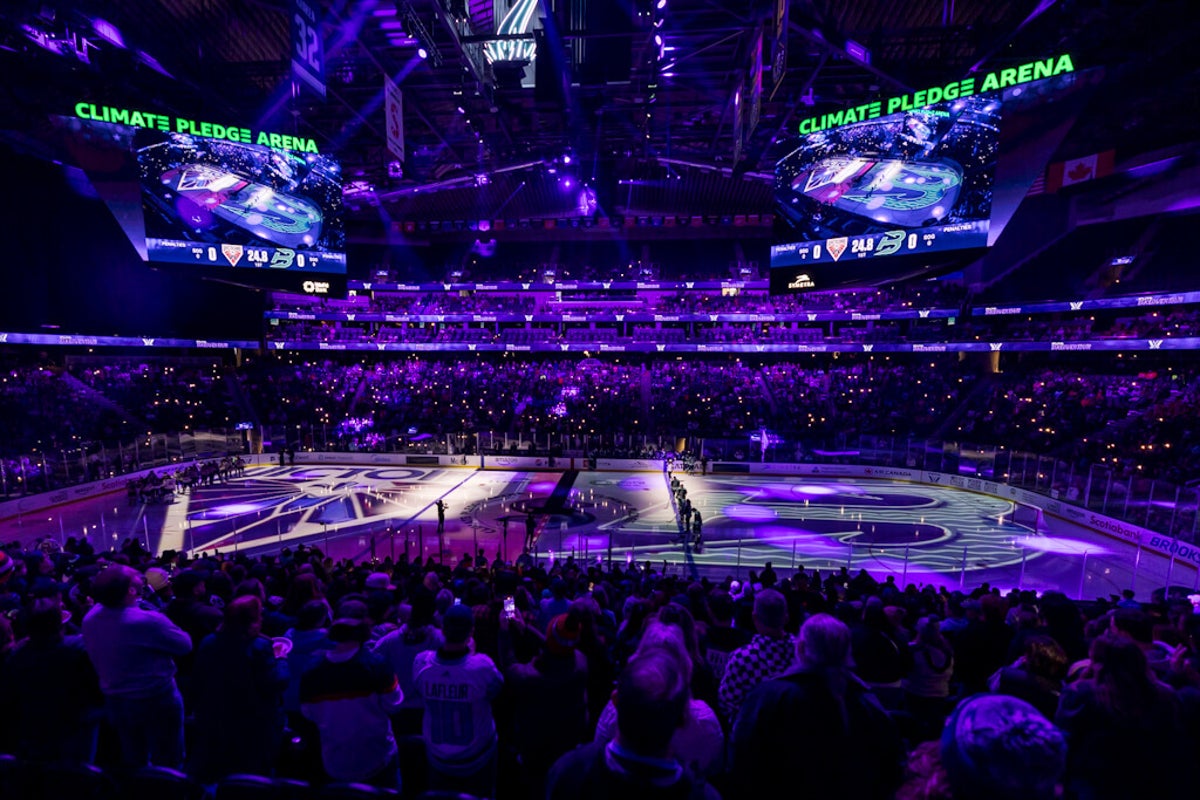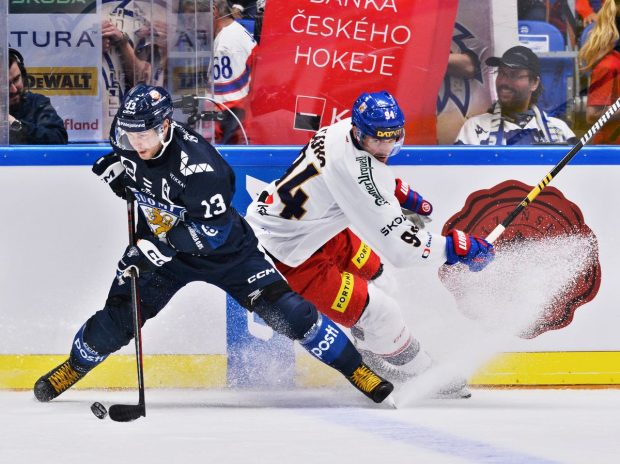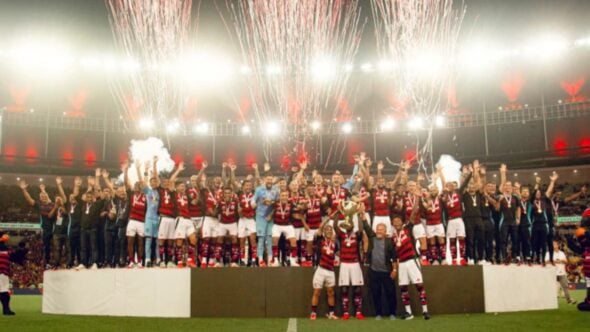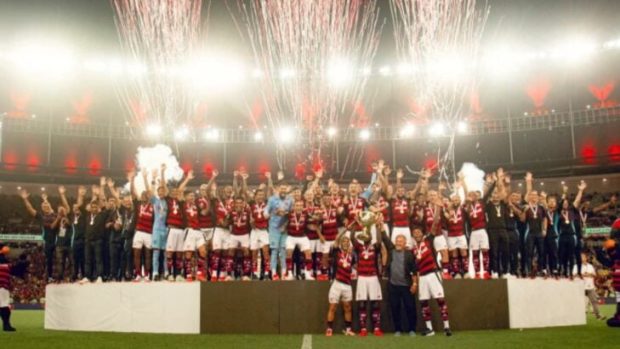

The Professional Women’s Hockey League will have eight teams next season after unveiling its first wave of expansion to Seattle and Vancouver over the last week.
The announcements are only the start, with details on each team — their names, for example — and how they’ll be built still to come.
Here’s everything we know (so far) about PWHL expansion.
How might a PWHL expansion draft work?
During the league’s announcement in Seattle on Wednesday, executive vice president of hockey operations Jayna Hefford confirmed that the league will hold an expansion draft in mid-June — before the entry draft on June 24 — which will give the PWHL’s newest teams “a chance to build competitive rosters from Day 1.”
Advertisement
How exactly the expansion draft might work remains to be seen. According to the league, details will be announced in the coming weeks. One thing we know for certain: The league’s priority will be to have expansion teams that are capable of competing for championships in Year 1.
With that in mind, it stands to reason that the PWHL will create an expansion draft process that will be more favorable to its newest franchises than its original six.
For example, in the WNBA, each team could protect six players from being selected by the Golden State Valkyries. That created a less-than-ideal situation for the WNBA’s 13th franchise, which largely drafted role players with the league’s biggest stars safe from selection.
That certainly won’t be the case in the PWHL, where teams will likely get to protect anywhere between four to seven players from being taken in expansion.
Most recently in the NHL, teams could protect seven forwards, three defensemen and one goalie; or eight skaters and one goaltender from being taken by the Seattle Kraken. The Kraken have only made the playoffs once in four years, so the PWHL will probably stay away from allowing teams to protect as many as eight or nine players.
On the other hand, only allowing four protection spots could turn to chaos — with top-line talent being left exposed — which makes five or six protection slots more likely, and probably more equitable.
Typically, once the protection lists are made official, expansion franchises get to select a player (or two) from the designated pool of unprotected players from each current team. With two teams entering the 2025-26 season, the PWHL will need to determine a draft order and length.
With only six teams and 23 roster spots to fill, it would make sense that Seattle and Vancouver would be able to draft two players each from every existing team. That would be a 12-round draft, with each existing team losing four players total.
Advertisement
In both the WNBA and NWSL expansion drafts, teams could pass on selecting players from certain teams — either because of trades made for draft protection, or to keep a roster spot open for a more appealing free agent than whoever is available from a given franchise.
The PWHL will need to decide if it will allow any trades, and whether there will be a free agency window before the draft. In the NHL, the Kraken had an exclusive negotiating window with any pending free agents who were not protected for the draft. If Seattle signed any of those players, it counted as their selection from that club.
For example, if Vancouver signed Hannah Miller to a free agent contract before the draft, that would count as a selection from the Toronto Sceptres.
Who gets the No. 1 pick in the entry draft?
As it stands, the New York Sirens have clinched the No. 1 pick for the second-straight season. After being mathematically eliminated from the playoffs on April 26, the Gold Plan — the PWHL’s method of determining the draft order — officially went into effect. According to the plan, once a team is eliminated from the playoffs, it begins earning “draft order points” using the league’s standard points system. The team with the most points at the end of the regular season will be awarded the first pick in the draft.
The Sirens have won four draft order points, via a regulation win against Minnesota and a shootout loss against Toronto. No other team will be able to catch New York in the “Gold Plan Standings.”
But will New York receive the first overall pick among the league’s eight teams? Or will there be a lottery for the No. 1 selection between the two expansion franchises, with New York drafting first among the league’s original six teams — aka third overall?
Frankly, the latter — having a team play to earn the top pick only to give them the third slot — would be weird. It seems more likely that New York will pick first overall, and the expansion teams will be in a mini lottery for the No. 2 and No. 3 picks, with the rest of the draft order being determined by the reverse order of the league standings.
For example, if the season ended today, it could look like this:
- New York Sirens
- PWHL Vancouver
- PWHL Seattle
- Minnesota Frost
- Ottawa Charge
- Boston Fleet
- Toronto Sceptres
- Montreal Victoire
Will staff be hired in time for all these player selections?
The general manager search for both Seattle and Vancouver is underway, according to Hefford.
There’s been a job posting on the PWHL’s website since last week and the league already has a short list of top candidates.
“The priority on the hockey side for us is to get a GM in place as soon as we can, while still being diligent in the process, so that they can start preparing for an expansion draft and an entry draft,” said Hefford.
Advertisement
While not ideal, it won’t be unheard of for the two new general managers to feel a little rushed when it comes to building their rosters. Before the league launched, the original six GMs were announced on Sept. 1, just days before the first-ever free agency window opened and just over two weeks before the inaugural draft.
How will the league manage travel?
The PWHL’s collective bargaining agreement mandates commercial air travel for trips more than 400 miles away. Only trips between Seattle and Vancouver would be eligible for bus travel — save for potential neutral-site games in other West Coast cities.
Adding that much travel was a consideration for the league, but Hefford said they don’t expect it will negatively impact performance. According to Amy Scheer, the executive vice president of business operations, the league’s schedule will be made in a “smart” way to ensure that travel doesn’t become a detriment to the players.
Teams could use Minnesota as a gateway on the way to the West Coast, for example, to avoid having to go all the way from, say, Boston to Seattle. Scheer also said the league could strategically use future Takeover Tour games to make road trips easily from east to west.
“We’re going to ensure our athletes are able to do the travel required,” said Hefford.
Travel was among the areas the PWHL Players Association’s new executive director, Malaika Underwood, wanted to ensure the league got right for the players through expansion.
“The players are excited about what expansion means for the success and momentum of the league and the sport,” Underwood said. “Adding 46 opportunities for women to be professional hockey players is meaningful. And Vancouver and Seattle are amazing cities to add to the league. As the league grows, we look forward to working collaboratively with them to maintain the professional standards set on and off the ice in the first two seasons of the PWHL.”
(Photo courtesy of the PWHL)
This news was originally published on this post .












Be the first to leave a comment